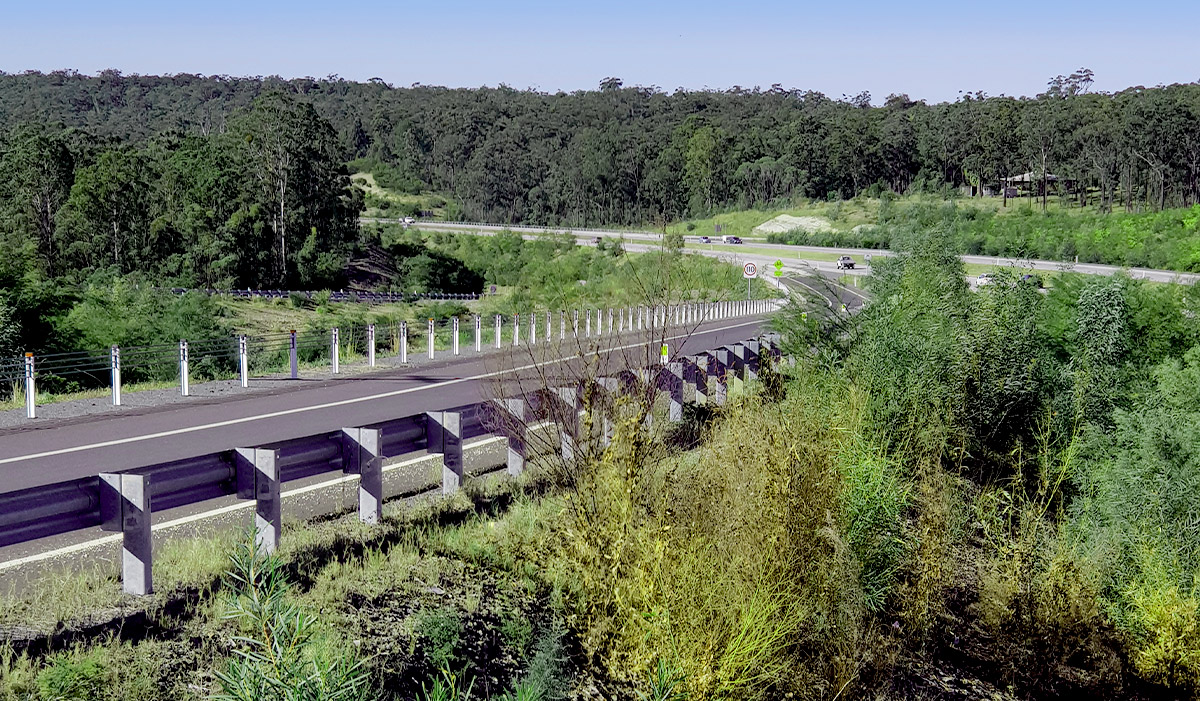When it comes to commercial roading projects, revegetation plays a vital role in establishing green corridors, promoting environmental sustainability.
Amidst the planning and execution of these projects, one essential factor often overlooked is the significance of building carbon in the soil. The accumulation of carbon-rich soil serves as a foundation for thriving vegetation, enhances ecosystem resilience, and aligns with sustainable roading practices.
Carbon-rich soil offers a sustainable advantage by significantly enhancing water retention capabilities, a crucial aspect in the establishment of vegetation for roading projects. The presence of organic matter, abundant in carbon, acts as a natural moisture reservoir, reducing water stress on newly planted vegetation during critical growth stages. This efficient water retention fosters healthier and more resilient plants, ensuring their long-term survival.
Moreover, carbon plays a pivotal role in nutrient cycling within the soil. Organic matter, rich in carbon, acts as a nutrient bank, facilitating the breakdown and release of vital elements necessary for plant growth. This fosters nutrient availability, ensuring optimal nourishment for the vegetation in commercial revegetation projects, ultimately contributing to the overall success of road revegetation projects.
Building carbon in the soil significantly enhances its structure and stability, setting the stage for successful revegetation. It acts as a natural bonding agent, promoting soil aggregation and creating a well-structured substrate. This improved soil structure allows roots to penetrate more easily, anchoring vegetation securely and facilitating efficient nutrient uptake. Additionally, carbon-rich soil exhibits enhanced stability, reducing erosion risks and safeguarding the integrity of roading projects.
One of the most significant advantages of building carbon in soil is its positive impact on mitigating climate change. As vegetation within commercial revegetation projects absorbs carbon dioxide through photosynthesis, a significant portion of that carbon is allocated to the soil, where it remains sequestered for extended periods. By increasing the content in the soil, commercial roading projects contribute to national efforts to reduce greenhouse gas emissions and combat climate change, creating a more sustainable future.
As a leading provider of sustainable erosion control and land rehabilitation solutions, we can show you how it’s done, with our Australian manufactured, microbial infused, range of revegetation solutions, all which encourage building carbon-rich soil for successful revegetation outcomes. Our award winning innovative solutions, including the renowned BFM Complete, contribute not only to erosion control but also to carbon accumulation. By incorporating organic straw materials, BFM Complete acts as a carbon source, fostering microbial activity and promoting carbon sequestration within the soil.
Are you looking to improve your outcomes on commercial road sites by building carbon? Give our team of specialists a call on 1300 868 669.
